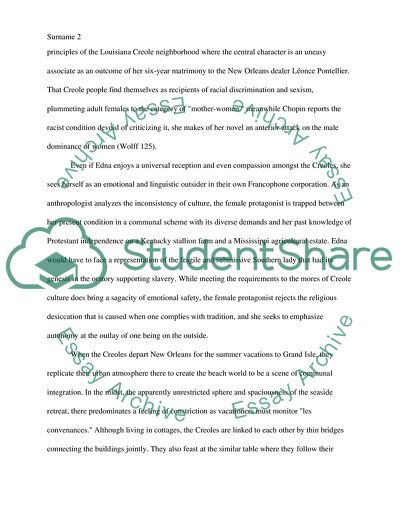Cite this document
(The Awakening by Kate Chopin Essay Example | Topics and Well Written Essays - 1750 words, n.d.)
The Awakening by Kate Chopin Essay Example | Topics and Well Written Essays - 1750 words. https://studentshare.org/literature/1873729-the-awakening
The Awakening by Kate Chopin Essay Example | Topics and Well Written Essays - 1750 words. https://studentshare.org/literature/1873729-the-awakening
(The Awakening by Kate Chopin Essay Example | Topics and Well Written Essays - 1750 Words)
The Awakening by Kate Chopin Essay Example | Topics and Well Written Essays - 1750 Words. https://studentshare.org/literature/1873729-the-awakening.
The Awakening by Kate Chopin Essay Example | Topics and Well Written Essays - 1750 Words. https://studentshare.org/literature/1873729-the-awakening.
“The Awakening by Kate Chopin Essay Example | Topics and Well Written Essays - 1750 Words”. https://studentshare.org/literature/1873729-the-awakening.


